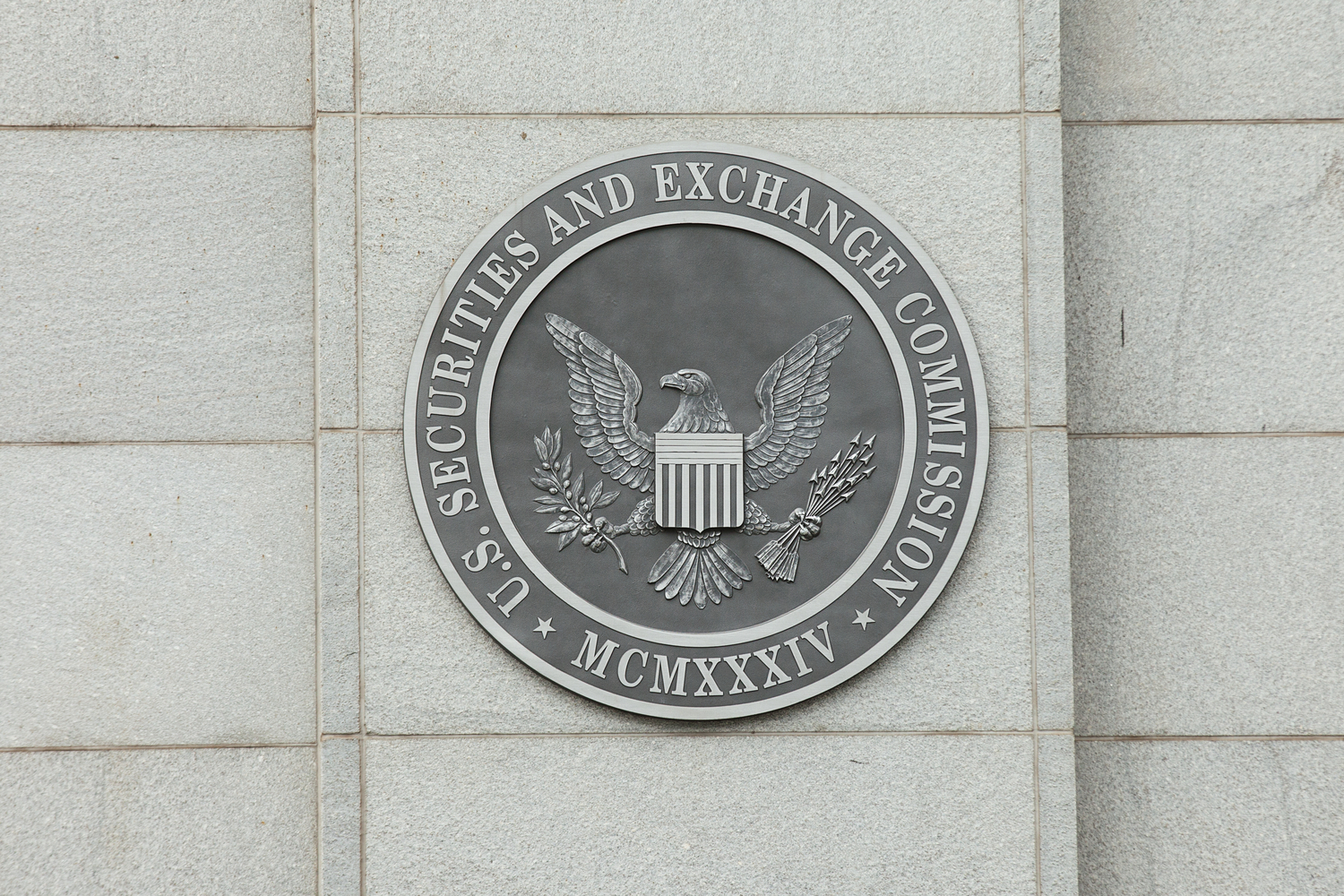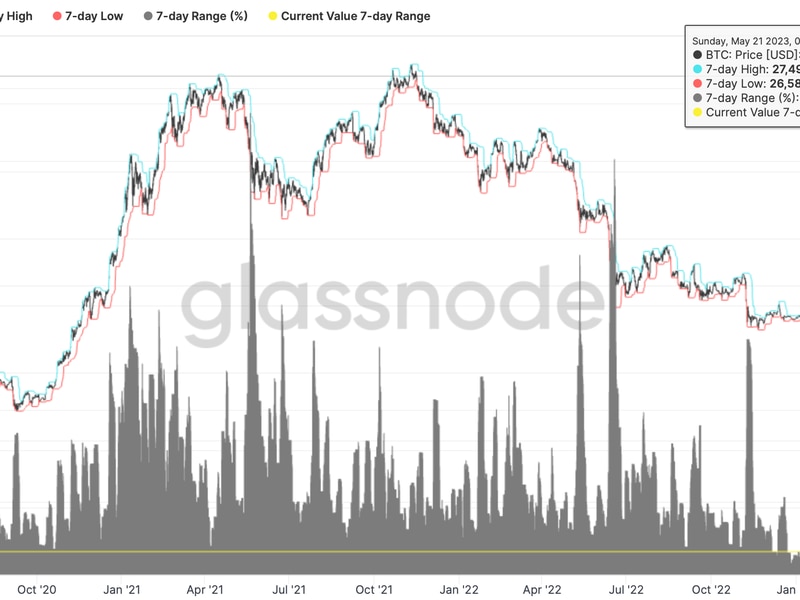Bitcoin Regains Ground to Reach $25.2K, but Investors Remain Jittery About U.S. Economy, Monetary Policy
A day after bitcoin dipped to a three-month low, crypto investors remained jittery, keeping bitcoin and most major altcoins in the doldrums and knocking Tether’s USDT stablecoin from its $1 peg.
Bitcoin was recently trading at $25,239, roughly flat over the past 24 hours after spending most of Thursday in negative territory. On Wednesday BTC tumbled below this threshold for the first time since mid-March, according to CoinDesk Indices, as markets recoiled from a recommitment to monetary hawkishness from the Federal Reserve even as the central bank paused interest rate hikes for the first time in 14 months. The largest cryptocurrency by market cap had been traveling closer to $26,000 for weeks.
Ether, the second largest crypto in market value, was similarly sluggish to recently change hands at about $1,655, also about flat from Wednesday, same time. Similar to BTC, ETH hit a three-month low on Wednesday. Meanwhile, Tether’s USDT stablecoin deviated from its $1 dollar peg early Thursday (ET) amid a sell-off on the popular Uniswap and Curve pools. USDT dropped as low as $0.9968, according to CoinMarketCap data. The token was recently trading at $0.999.
“This has been a very nervous time, with a lot of regulatory concerns now being compounded into concerns about Tether,” Riyad Carey, a research analyst at digital assets data provider Kaiko, wrote to CoinDesk in a Twitter message. “Its depeg this morning has severely rattled markets, given that its dominance has increased significantly in the past few months.”
Carey added: “It was yet another consequence of falling liquidity; a big reason for its depeg was the massive outflow of liquidity from the (Curve) 3pool.”
Among other cryptos with the largest market caps, MATIC, the token of the smart contracts platform Polygon, recently plunged more than 5%. The U.S. Securities and Exchange (SEC) mentioned MATIC among 19 cryptos in its lawsuits against crypto exchange giants Binance and Coinbase last week. The CoinDesk Market Index, a measure of crypto markets performance, was recently down nearly 3%.
Cryptos’ fade over the past two days continued its decoupling path from U.S. equities, which rose on Thursday as investors drew confidence from encouraging economic indicators, including a May retail report showing that consumers had boosted their spending for groceries and electronics, among other categories. The data suggested that the economy was not quickly headed for a feared recession. The tech-heavy Nasdaq Composite and S&P 500 rose 1.1% and 1.3%, respectively.
In an email to CoinDesk, Vineeth Bhuvanagiri, managing director of EMURGO Fintech, a founding entity of the Cardano blockchain, wrote that bitcoin’s decline in the current “crab market” was to be expected.
“After all, since October, we saw BTC and other major coins experience huge gains following the crash that happened earlier last year,” he wrote. “And looking ahead, we’ll likely be trending between the lows of October and the highs of this last April.”
Crab markets describe conditions in which prices fluctuate around the same level for periods.
Bhuvanagiri compared the current market climate to 2019. “Back then, we had big ups and downs within a certain range. Those who had remained on Crypto Twitter were going from slight euphoria to hints of depression, over and again. Then DeFi summer kicked off in 2020, and everything changed.”
He sounded a cautious note about rate hike uncertainties, declining economic growth and potential challenges for the banking sector – a toxic combination that could continue to unsettle crypto markets. “It’s not hard to imagine a scenario in which the markets essentially have to get juiced again,” he wrote. “For most market participants, then, the strategy is likely one of survival until the macro turns and during what will inevitably be a volatile half year or so.”
Edited by James Rubin.









